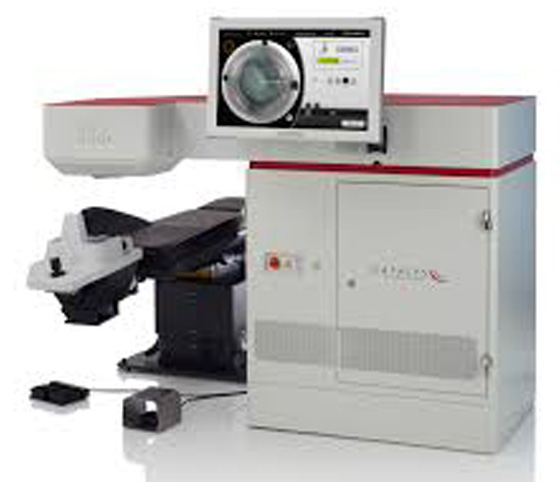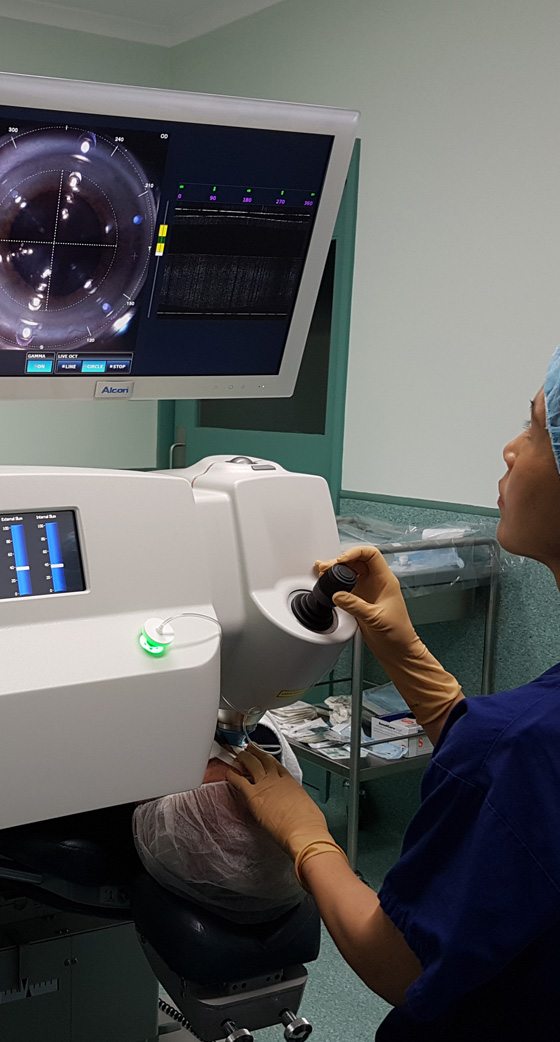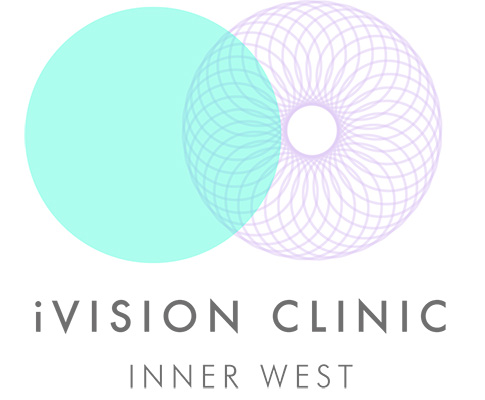Cataracts are opacities within the normally clear lens of the eye. Ageing is the main cause of cataract, so cataracts are common in older people.
If your cataract is large enough to affect your vision, your eye specialist may recommend removing it. Cataracts can only be removed with surgery. Once a cataract is removed, it cannot recur.
There are two different methods of cataract surgery: traditional cataract surgery and laser-assisted cataract surgery. Both methods are safe and effective. Some patients may not be suitable candidates for laser-assisted cataract surgery, for example those with particularly cloudy lens tissue.


How is laser assisted cataract surgery different from traditional cataract surgery?
They are both performed under local anaesthetic and sedation. You will be relaxed and drowsy during the procedure and you will not feel any pain.
Traditional cataract surgery
With traditional cataract surgery, your specialist eye surgeon makes a tiny incision in the side of the cornea and inserts a small ultrasonic probe into your eye. The probe releases ultrasound waves that break up the lens into tiny pieces that are then suctioned out.
Using the same tiny incision, your surgeon then inserts an artificial lens into your eye. The incision does not need sutures.
This procedure takes about 20 minutes, and has a very quick recovery time.
Laser-assisted cataract surgery
With laser-assisted cataract surgery, your surgeon uses a bladeless, computer-controlled femtosecond laser to perform the first three steps of cataract surgery:
- Make the incisions in the cornea
- Open the lens capsule (that holds the cataract)
- Break up the cataract into pieces for removal.
As with traditional surgery, the old lens is removed, and a new lens is inserted.
Recovery time is very similar to traditional cataract surgery.
The advantages of laser assisted cataract surgery are:
- More precise incisions
- Shorter surgery time
- More accurate artificial lens placement
- Less damage to the delicate structures inside the eye
What happens after laser-assisted cataract surgery?
As with traditional cataract surgery, you will go home with a protective patch over your eye and some eye drops.
You will be able to resume most normal activities straight away. But you need to avoid strenuous activity until surgeon gives you the all clear.
